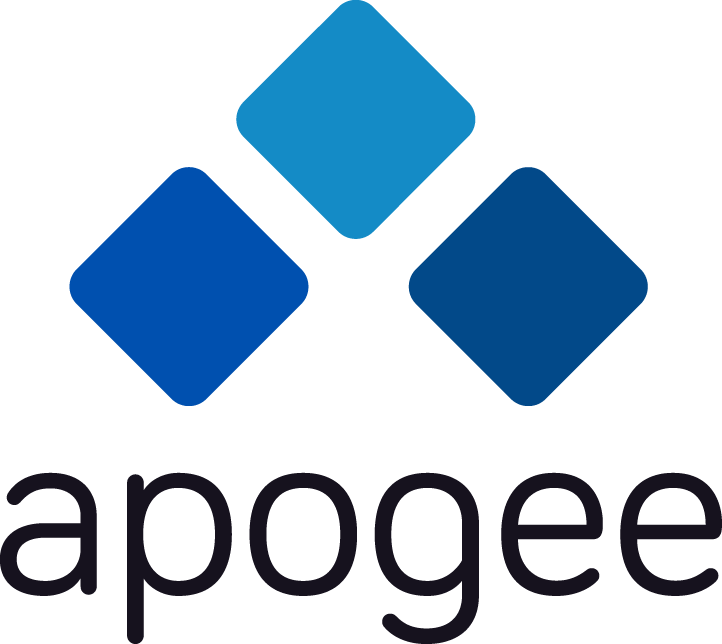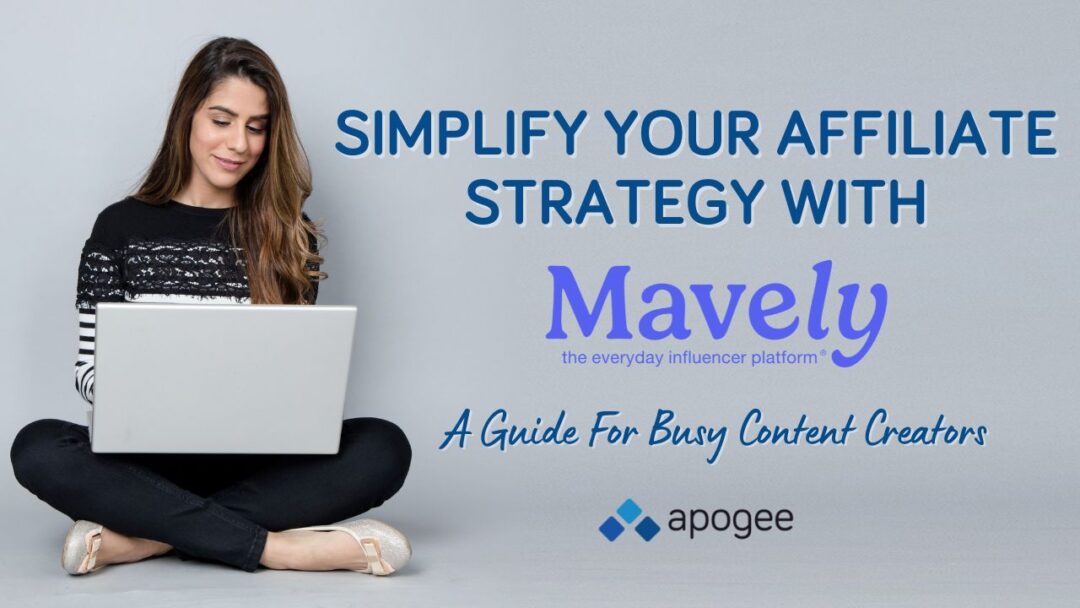Daniel M. Clark Joins Greg Hoffman Consulting
January 31, 2014We Love Affiliates – You Should Too
May 15, 2014GHC affiliates who are signed up with The California Wine Club on ShareASale may have noticed that we have been working on custom commission structures over the past few weeks[1]. This past Sunday, the last of the changes was implemented and barring any unforeseen results, these new rules are here to stay – and I’m here to explain what they mean to you.
What is Leapfrog technology?
In 2012, ShareASale introduced “Leapfrog” transactions. For years (as long as affiliate marketing has been around, really), commissions were awarded to one affiliate only: the last affiliate in the clickstream. A customer could bounce from affiliate site to affiliate site, but the last site before the purchase got 100% of the commission. Not so with Leapfrog transactions. Many affiliates over the years complained that coupon sites were “stealing” commissions from content sites: customers were referred by content sites, but upon seeing a coupon form field in the shopping cart, they’d go searching for a coupon, often landing on a coupon site that overwrote the content site’s cookie and gave the commission to the coupon affiliate. Enter the Leapfrog transaction.
Leapfrog transactions aim to reward the content affiliate where one exists in a clickstream. Where a content affiliate and a coupon affiliate both exist, the commission may be split between them according to conditions that the merchant sets. The coupon site gets credit for providing value and the content site gets credit for providing value (where previously they were not).
Who is using Leapfrog?
The California Wine Club is the first of our clients to implement Leapfrog transactions. To make the explanation a little easier, I’ll be referring to the last affiliate in the Leapfrog as the “coupon affiliate” and the previous affiliate in the Leapfrog as the “content affiliate”. Going forward, our commission rules structure looks like this:
- Affiliates are first assigned a commission level. You can see what yours is in your ShareASale account (Reports→Merchant Summary).
- Next, the system examines the clickstream of the transaction. It identifies the last affiliate and if the last affiliate was a coupon affiliate, it checks to see who the previous affiliate was, if there was one. To generate a Leapfrog transaction, the previous affiliate must be a content affiliate. Two coupon affiliates in a row will not generate a Leapfrog.
- There is a 10 minute window for the previous affiliate check. This means that if the customer left the content affiliate’s site and visited the coupon affiliate’s site 10 minutes (or less) later, a Leapfrog transaction will be generated. More than 10 minutes and no Leapfrog will be generated.
- If a Leapfrog transaction is generated, the commission for the content affiliate is their normal commission minus 10%. For an affiliate set to the default level of 15%, this means that the commission on the sale will be 5%. While this sounds like a large blow, please understand that prior to Leapfrog transactions, those affiliates were getting 0%. The 10% reduction allows us to keep the coupon affiliate in the chain and reward both parties rather than eliminating the content affiliate altogether.
A special consideration: the $50 promotion
I hope that by now you’ve heard of the $50 promotion that California Wine Club is running! On select items, customers that purchase wine clubs for themselves (not as gifts) will earn their referring affiliates a cool $50. It’s a tremendous offer and a great way to make some big cash. These promotional items are subject to Leapfrog rules of their own, and they break down like this:
- When the system examines the transaction, it identifies items that are eligible for the $50 payout[2]. In order for the $50 to be applied, the customer must be identified as a new customer, not a returning customer.
- Next, the system examines the clickstream. The same 10-minute window and “previous affiliate must not be another coupon affiliate” rules as above apply here. If a content affiliate is followed by a coupon affiliate 10 minutes-or-less later, a Leapfrog is generated.
- The commissions break down for the $50 payout differently since we’re dealing with a flat number and not a percentage:
- The content affiliate will receive $40.
- The coupon affiliate will receive $10.
Lastly…
We understand these rules will not be popular with everyone. The debate over Leapfrog-style transactions has been fierce over the years. We seek only to be fair to all parties involved. (Greg's note: Coupons close sales but we monitor our coupon partners daily for compliance on multiple levels. We only work with those that are responsive – and that's a small list.)
You can see that these rules are pretty complex. The custom rules system at ShareASale is extraordinarily powerful (though it does have its limits). Over the next few weeks and months, Leapfrog rules will be applied to several other GHC merchants. We will always keep you apprised of what is happening to who, and we encourage feedback and questions or concerns.
- Automated ShareASale emails are generated and sent to affected affiliates shortly after new rules are applied. Be sure we have your current email address so you stay in the loop! ↩
- Affiliates that use the California Wine Club datafeed in ShareASale will see exactly which items are eligible by looking for the code “promo50” attached to items. ↩

This article predates the transition to Apogee and may contain outdated references or links. We apologize for any inconvenience this may cause.




